.png)
The Unraveling of
Space-Time


Somehow we have to dislodge space-time.
— Nima Arkani-Hamed, Institute for Advanced Study
I’m quite confident that space-time is emergent. It arises fairly robustly from the mutual requirements of quantum mechanics and gravity.
— Sean Carroll, Johns Hopkins University
If you drill down, space-time isn’t a base layer of reality. There’s something else that’s there as the baseline, of which space-time is an approximation.
— Adam Brown, Stanford University
There is a consensus that it should be emergent. It’s just that we don’t know how it emerges.
— Josephine Suh, KAIST in South Korea
Many physicists suspect we are in for a radical reunderstanding of reality, as big as the one Albert Einstein orchestrated more than a century ago.
The patent clerk, with his theory of relativity, united space and time into a single, malleable substance — space-time. In doing so, he transformed the inert nothingness behind the world into a dynamic fabric of the world, one with folds that we experience as the force of gravity.
Now it’s Einstein’s fabric that needs unraveling. A belief has come to dominate theoretical physics that even nothingness ought to come from something — that space-time must break up into more primitive building blocks that don’t themselves inhabit space or time.
One man’s obsession with the “pregeometry” beneath space-time.
By Amanda Gefter
The imagined scenarios that hint that something lies beneath.
Mark Belan and Charlie Wood
Philosopher Karen Crowther looks beyond space-time.
By Amanda Gefter
Physicist Latham Boyle thinks it might be fundamental after all.
By Charlie Wood
A video documentary on the quest to unravel space-time.
By Emily Buder
Space-time’s strangest contortions hint at its microscopic parts.
By Joseph Howlett
The holographic theory of space-time sees fresh progress.
By Charlie Wood
Particle interactions can be described without space or time.
By Charlie Wood
The mysterious phenomenon of duality is both puzzle and solution.
By Charlie Wood
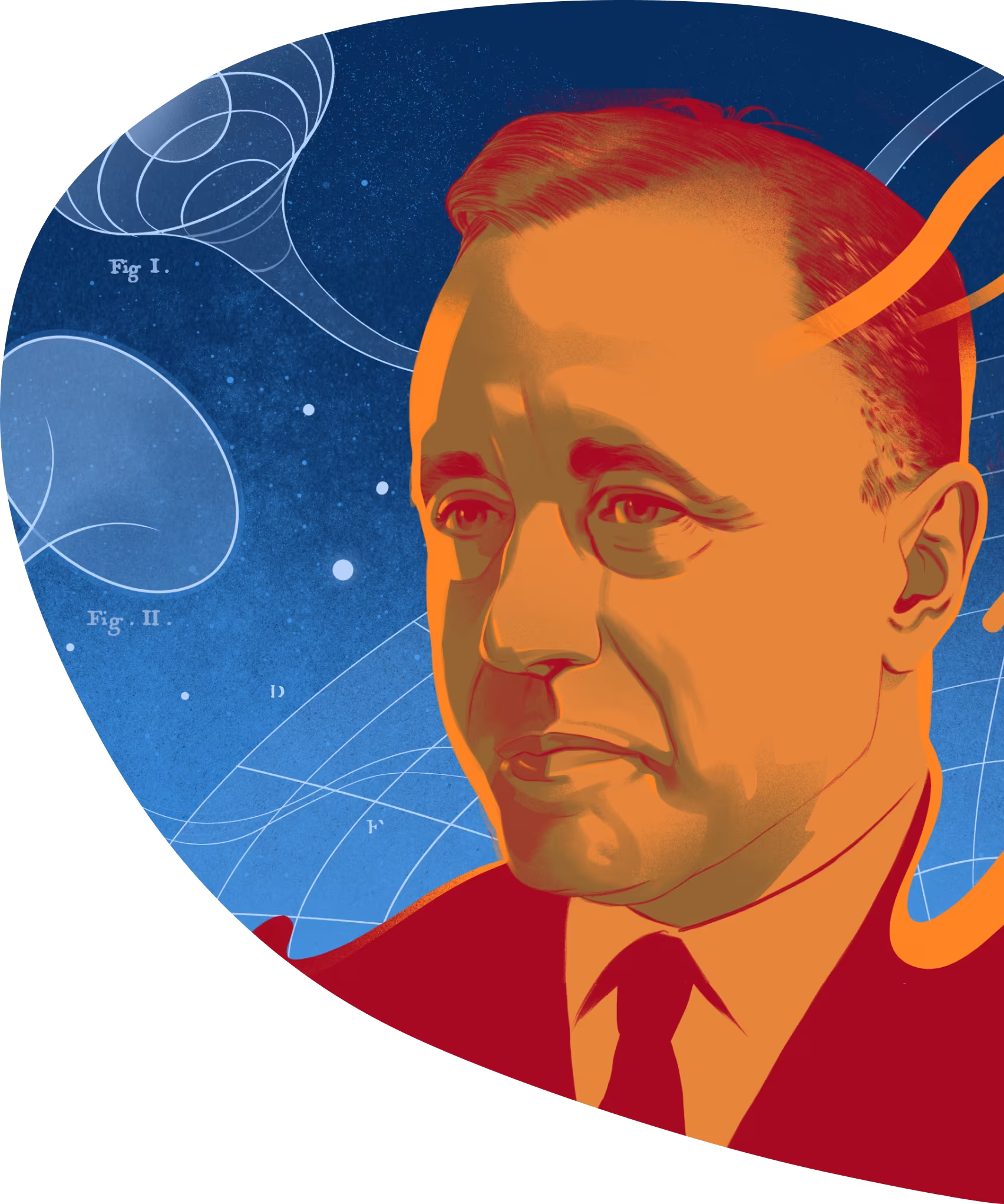
John Wheeler’s Last Hope
By Amanda Gefter
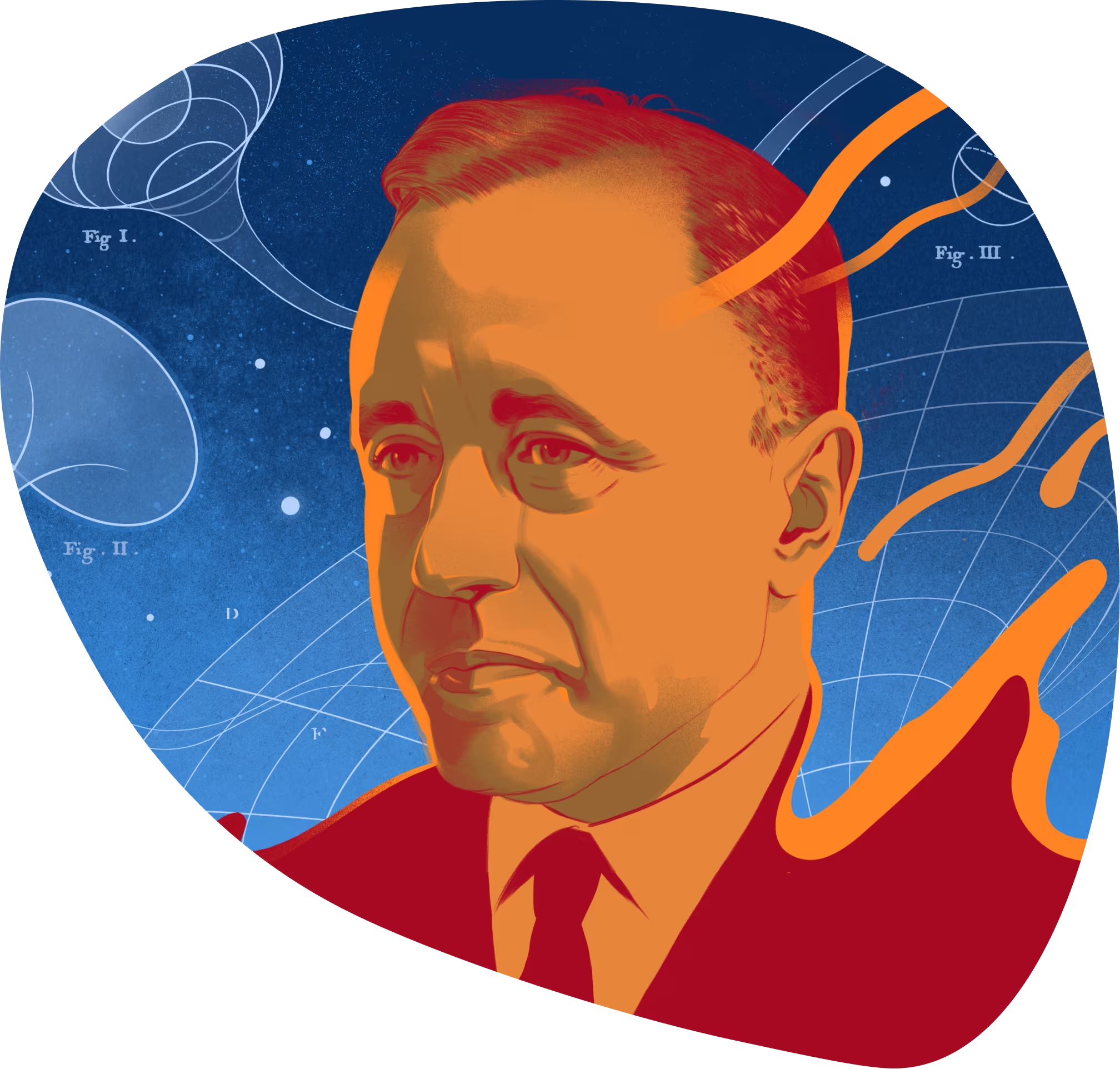
The vendetta against space-time is not new. Indeed, the classic textbook on general relativity, a 1,304-page tome called Gravitation published in 1973, argues in its final chapter that extreme events involving black holes and the birth of the universe point to the inevitable breakup of space-time: “One sees no alternative except to say that [space-time] geometry fails, and pregeometry has to take its place to ferry physics through the final stages of gravitational collapse and on into what happens next.”
One of the textbook’s authors, the eminent American physicist John Archibald Wheeler, worked on embryonic ideas for what a theory of reality without space-time might look like — a technical and conceptual challenge that tortured him on a spiritual level to his dying day.
Thought Experiments vs. Space-Time
By Mark Belan and Charlie Wood
What’s wrong with space-time as we know it? Physicists point to a constellation of scenarios, including ones that pit the tenets of general relativity against those of quantum theory — the other pillar of 20th-century physics, which describes matter and radiation as collections of randomly rippling waves. Einstein pioneered the use of thought experiments to sharpen his ideas about space and time. When today’s physicists imagine sufficiently fantastical procedures, they encounter conundrums that undermine their common sense notion of space-time as a fundamental fabric.
.avif)
.avif)


Pondering the Untestable
By Amanda Gefter
Thought experiments lead the way because the quantum substructure of gravity and space-time is too small to probe in actual experiments — the ballpark estimate is that this substructure would become apparent at a scale a trillionth of a trillionth of the size of atoms. Do thought experiments really count as evidence? It’s a question for philosophers, such as Karen Crowther at the University of Oslo in Norway, who studies the idea of emergent space-time.


In periods when we are looking for new theories, physics has always become philosophical.
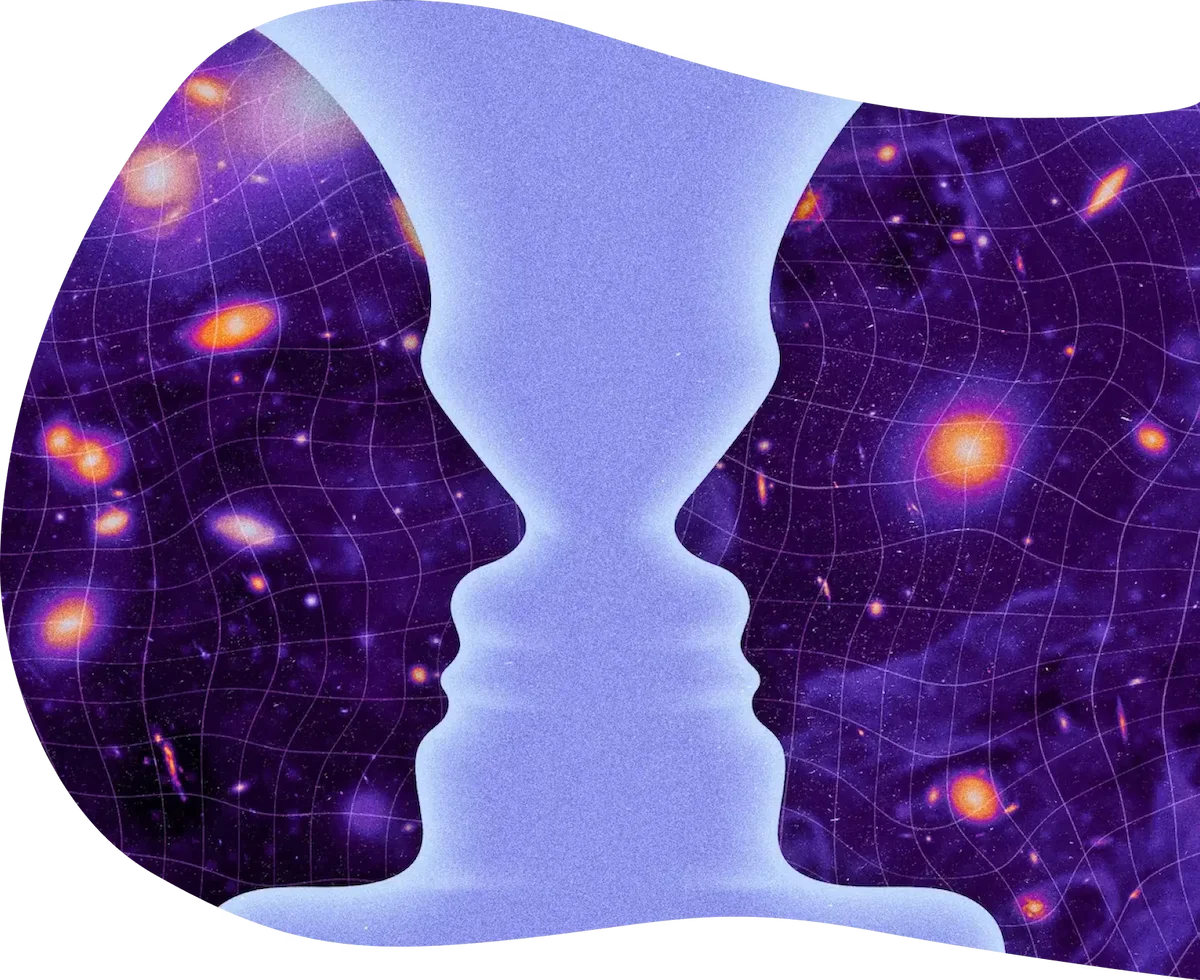
The Two Faces of Space-Time
By Charlie Wood
What would it mean for space-time to be “emergent”? The physicist Sean Carroll proposes the following working definition: A system is emergent when you can describe it with two theories, one of which is more complete than the other. Take water. You can talk about it as a smooth fluid or as frenetically colliding molecules. Both theories can be useful, but in some situations the latter picture holds up while fluid dynamics fails. Only molecular physics can explain freezing and evaporation, for instance. Thus, the fluid description of water emerges from the more fundamental, complete physics of H2O molecules.
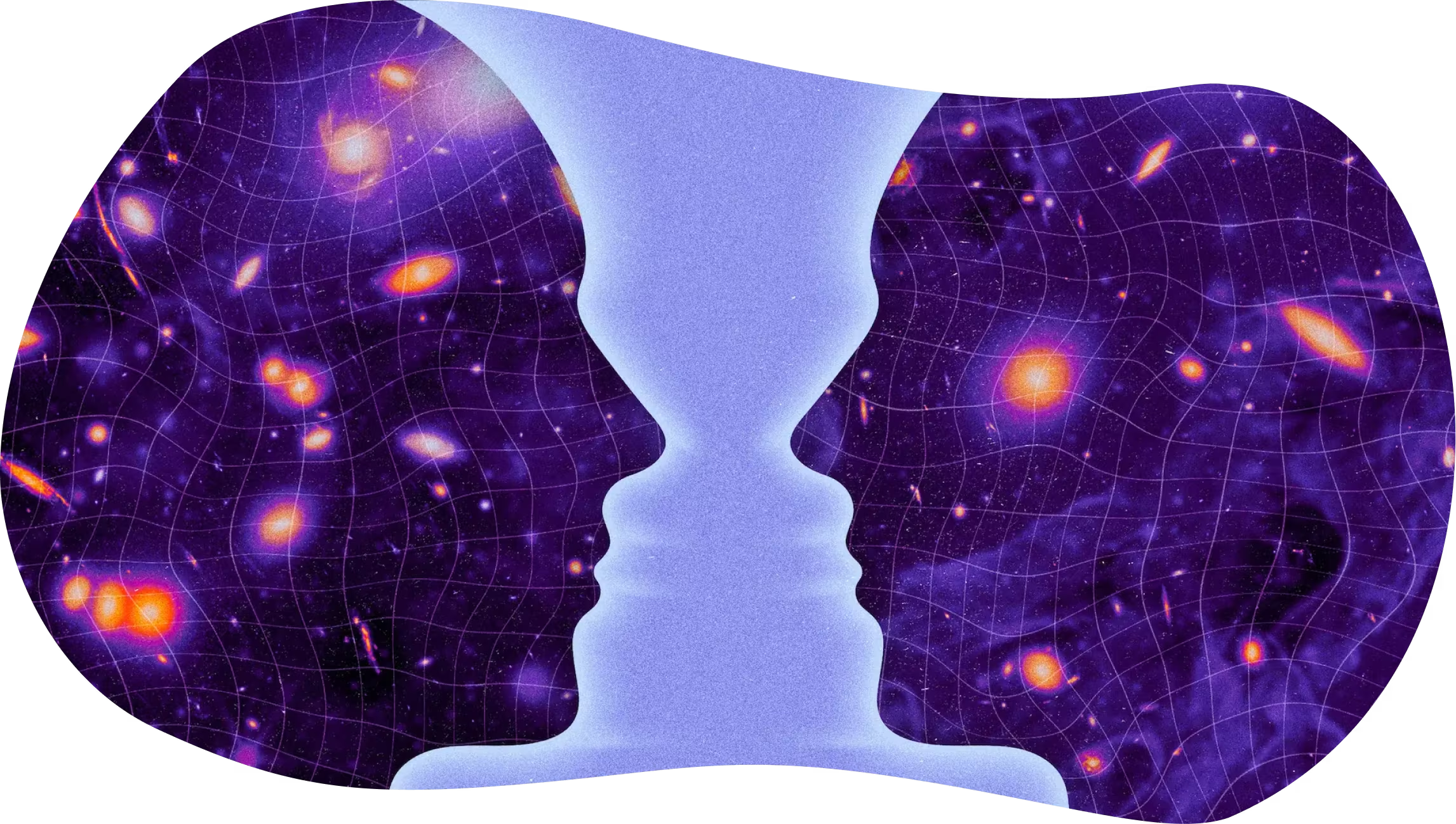
Searching for the base layer underpinning space-time involves formulating equations that don’t involve space-time’s flagship properties, then showing that you can recover those properties as outputs. H2O molecules themselves aren’t wet, for instance; that’s a property of the emergent fluid. Similarly, a more fundamental theory underlying space-time might make no reference to locality, the rule that an object can only influence objects nearby in space-time. Ultimately, this fundamental theory should reproduce familiar physics.
One starting point for understanding how physicists can describe one system using two different vocabularies is the notion of duality, a mathematical phenomenon that plays a special role in physics.
The Biggest Problem in Physics
By Emily Buder

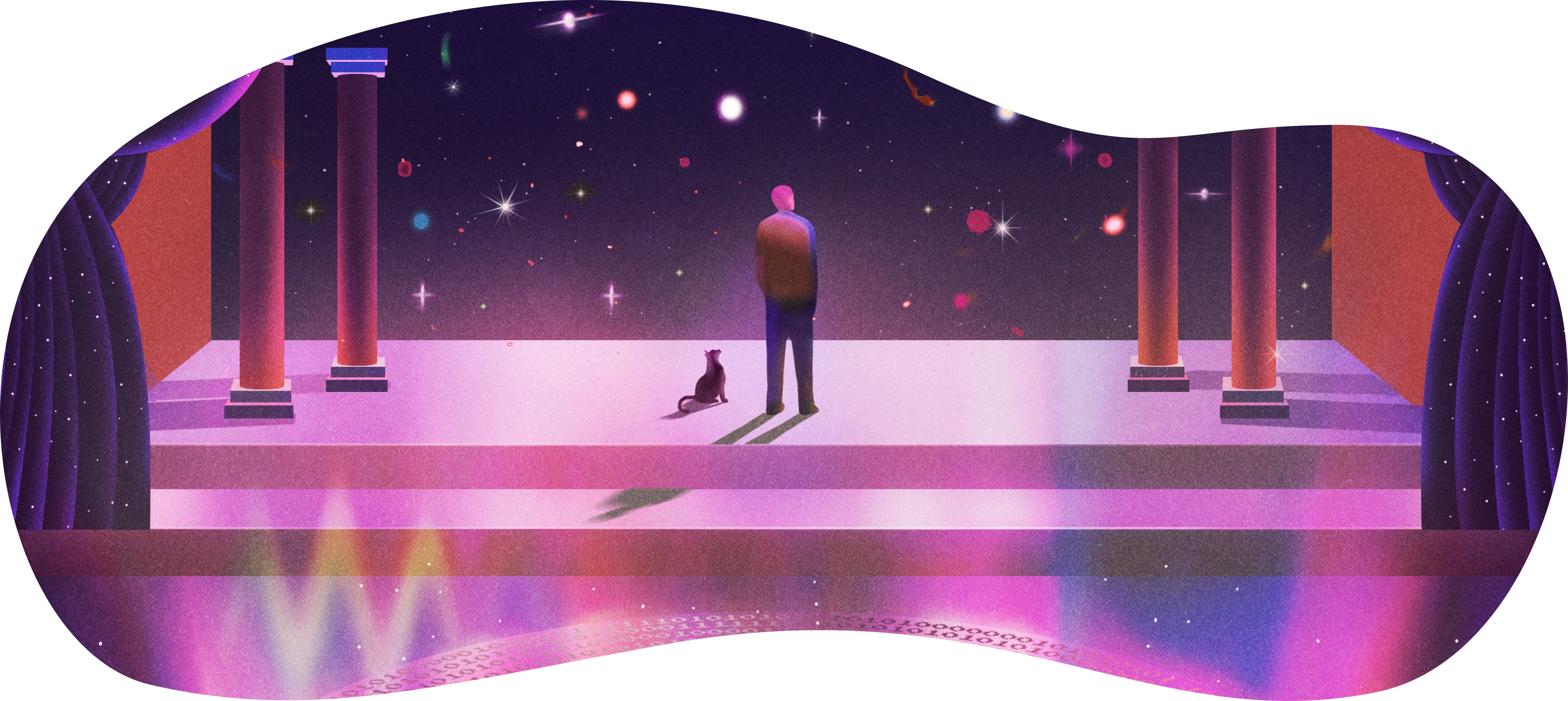

Black Holes, Where It All Crumbles
By Joseph Howlett
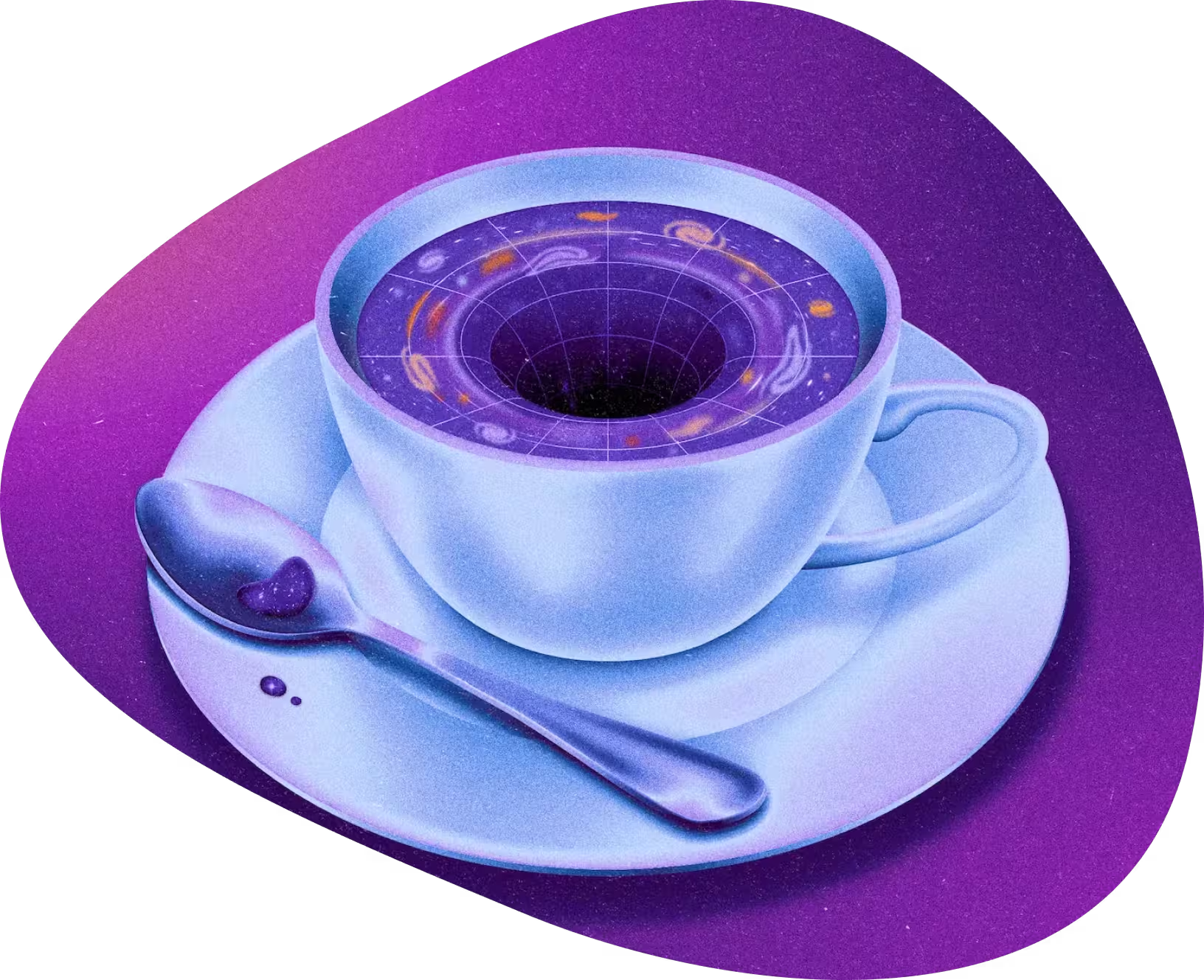

One of the most tantalizing hints about what the next level down might look like came from Jacob Bekenstein and Stephen Hawking, who deduced in the 1970s that black holes have a temperature — a property normally reserved for a substance made from more primitive parts. A tea’s hotness, for instance, reflects the swift motion of its molecules. Black holes, in contrast, were thought to be nothing but smooth space-time, yet the physicists calculated a temperature nonetheless. “That means that space-time itself should consist of ‘molecules,’” said Manus Visser, a physicist at the University of Cambridge.
Bekenstein and Hawking’s math contained a shocking implication: Those space-time molecules were being shuffled around on the black hole’s surface, rather than filling its interior. It was as if the space-time filling the interior was emerging from the surface, much as a hologram emerges from the molecules making up a flat sticker. “This is perhaps the most profound fact that we know about quantum gravity that transcends any individual approach,” said Adam Brown, a physicist at Stanford University.
One of the most tantalizing hints about what the next level down might look like came from Jacob Bekenstein and Stephen Hawking, who deduced in the1970s that black holes have a temperature — a property normally reserved for a substance made from more primitive parts. A tea’s hotness, for instance, reflects the swift motion of its molecules. Black holes, in contrast, were thought to be nothing but smooth space-time, yet the physicists calculated a temperature nonetheless. “That means that space-time itself should consist of ‘molecules,’” said Manus Visser, a physicist at the University of Cambridge.
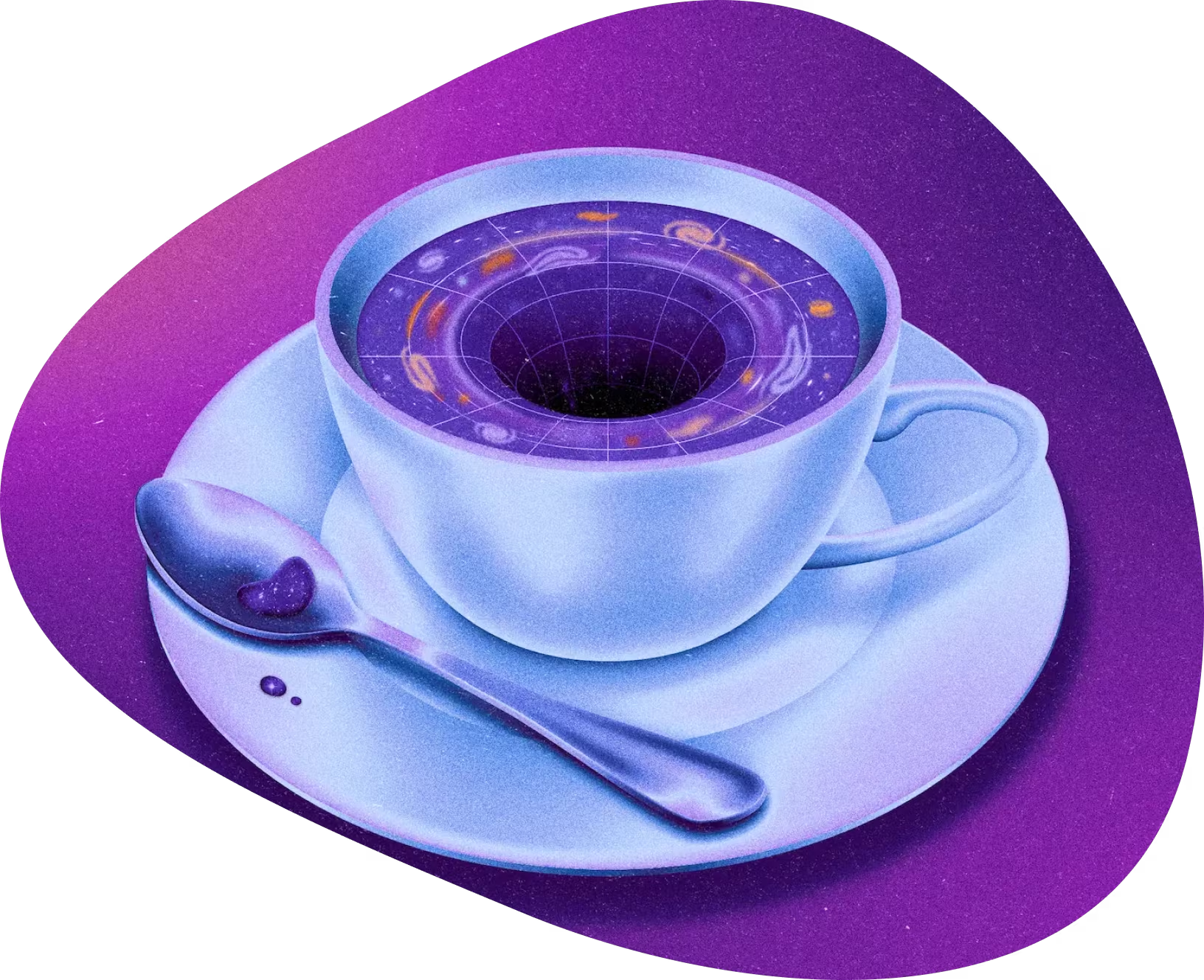
Bekenstein and Hawking’s math contained a shocking implication: Those space-time molecules were being shuffled around on the black hole’s surface, rather than filling its interior. It was as if the space-time filling the interior was emerging from the surface, much as a hologram emerges from the molecules making up a flat sticker. “This is perhaps the most profound fact that we know about quantum gravity that transcends any individual approach,” said Adam Brown, a physicist at Stanford University.

That means that space-time itself should consist of ‘molecules.’
— Manus Visser, University of Cambridge
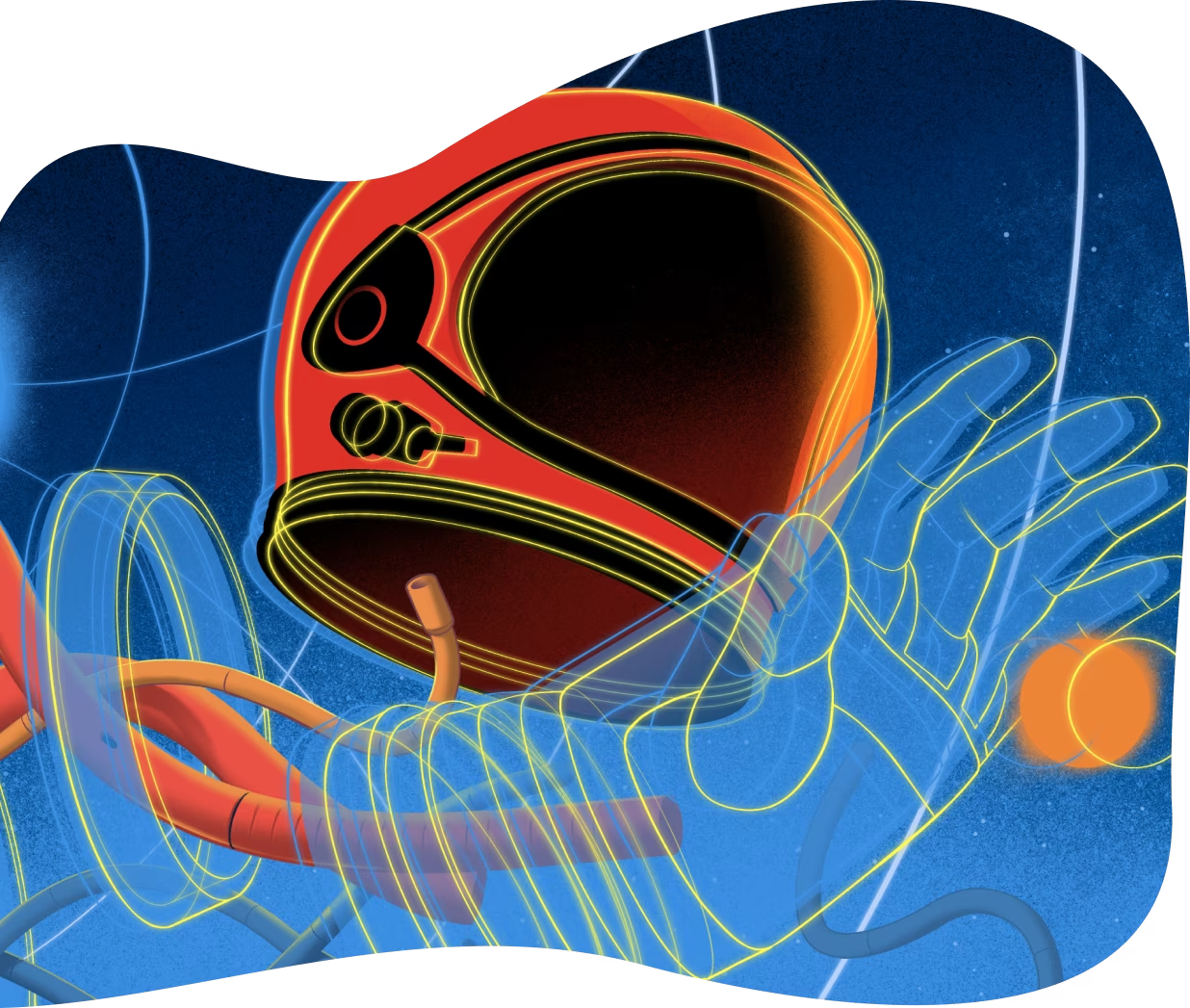
A New Hologram Perspective
By Charlie Wood
Chasing that lead, physicists have spent decades exploring “holographic” theories of space-time that offer an alternative description in terms of quantum particles in a lower-dimensional space. Over the last quarter century, they’ve come to understand how the space-time of strangely curved toy universes can emerge holographically from their own surfaces. Much more recently, there’s been a resurgence of interest in a long-overlooked form of quantum theory developed by the genius John von Neumann. His algebraic language is helping physicists plumb the depths of black holes and uncover fresh hints about how holography might work in universes resembling ours.
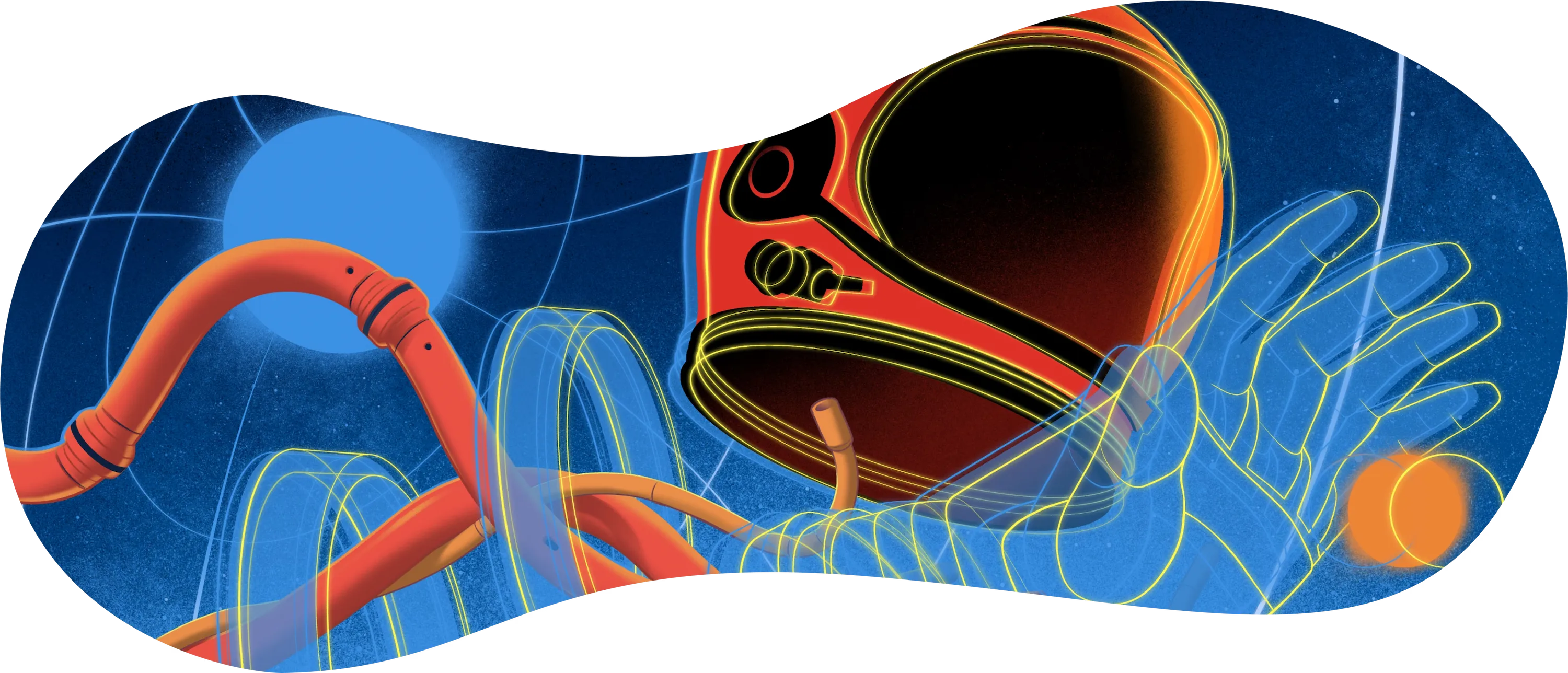

Shapes Alone Give the Answers
By Charlie Wood

Other physicists are attempting to escape space-time in an entirely different way. They’re developing a new way of predicting the outcomes of particle interactions with math that makes no reference to space or time — or quantum mechanics, either. Remarkably, these physicists recently managed to rewrite the quantum theories describing real elementary particles in terms of more primitive mathematical objects.
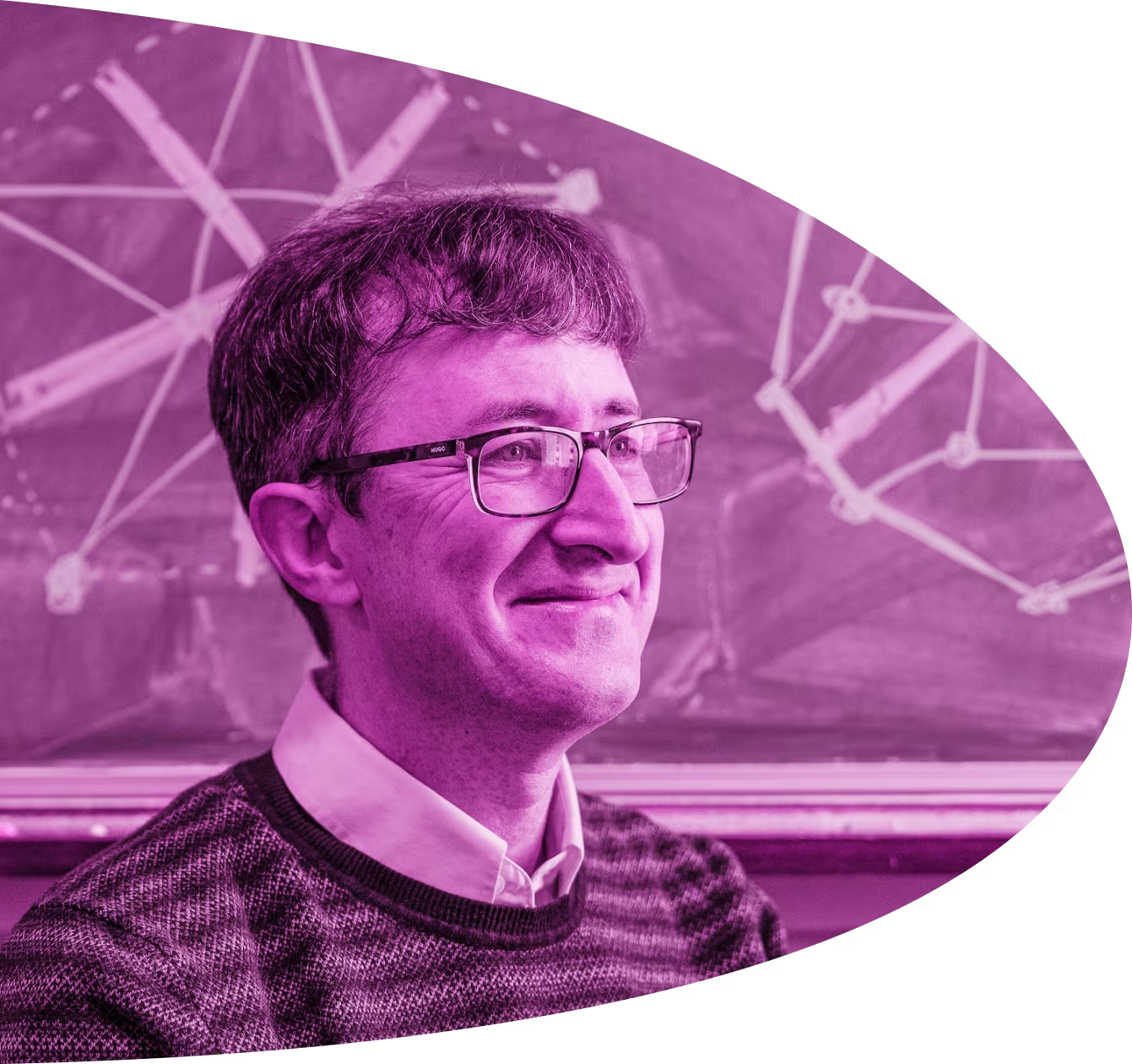
Saving Space-Time
By Charlie Wood
What if space-time is fundamental? While the eventual unraveling of space-time is widely presumed, it is not guaranteed. None of the thought experiments are ironclad. No alternative framework has produced a fully consistent, space-time-free description of our universe. And plenty of physicists, such as Latham Boyle of the University of Edinburgh, continue to pursue visions of fundamental physics that keep some version of Einstein’s fabric more or less intact.
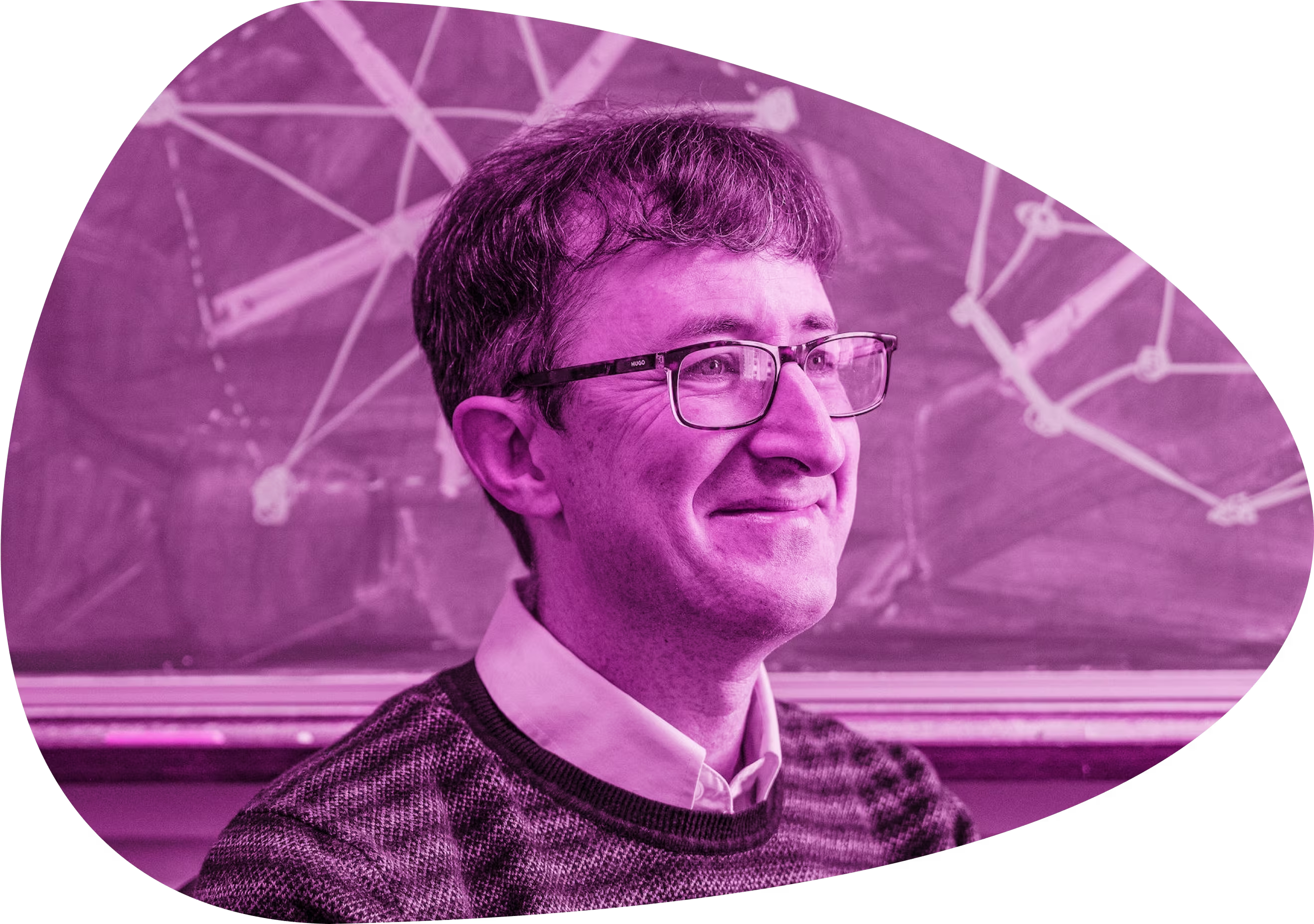

Some of these ingredients we associate with traditional, continuum space-time just smell too good to be discarded. I suspect they’ll be preserved in whatever comes next.
To be clear, the potential emergence of space-time doesn’t make it any less real. Most of our world is emergent. Tables and chairs emerge from grids of jiggling molecules. You emerge from bursts of electricity between your neurons. The discovery of cells or atoms has in no way robbed us of our reality. On the contrary, emergent descriptions are in some sense more real than fundamental ones. It’s much more convenient — and informative — to describe a cup of water as “scalding” or “ice-cold” than it is to provide a list of the velocities of all its molecules.
The allure of the fundamental stems rather from the human drive to know the truth, a desire to grasp phenomena currently beyond our reach. General relativity makes wild predictions, including that the density of matter and energy becomes infinite in the heart of a black hole and at the beginning of the universe — a notion as nonsensical as the idea that the neck of a water droplet becomes infinitely thin in the instant before it breaks loose and falls into the sink. The hope is that an emergent theory of space-time could explain what goes on when space-time unravels.



